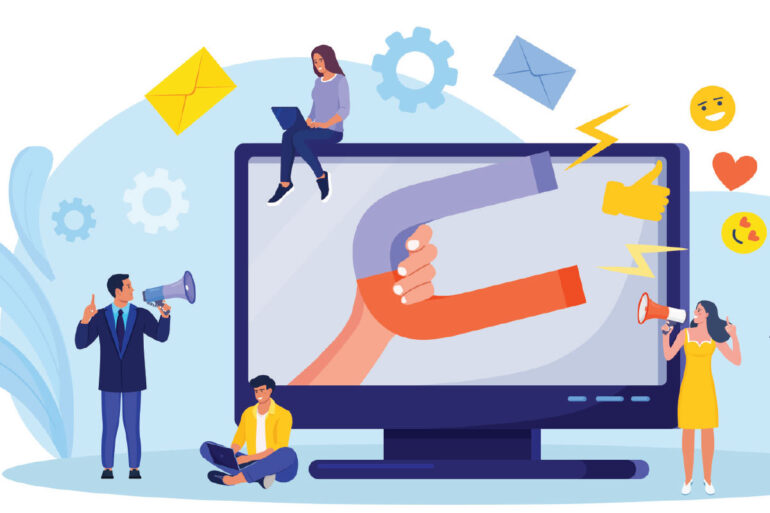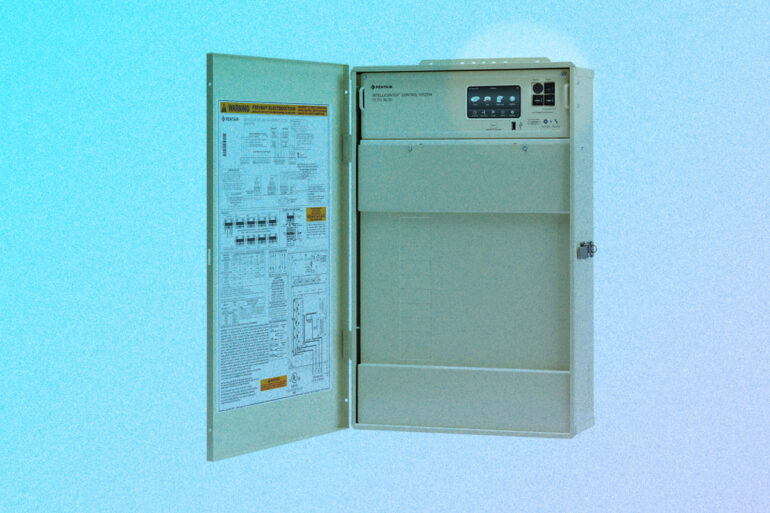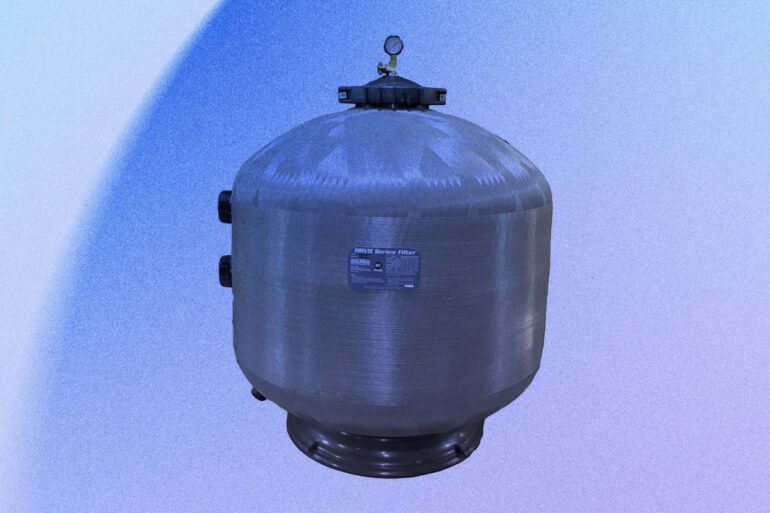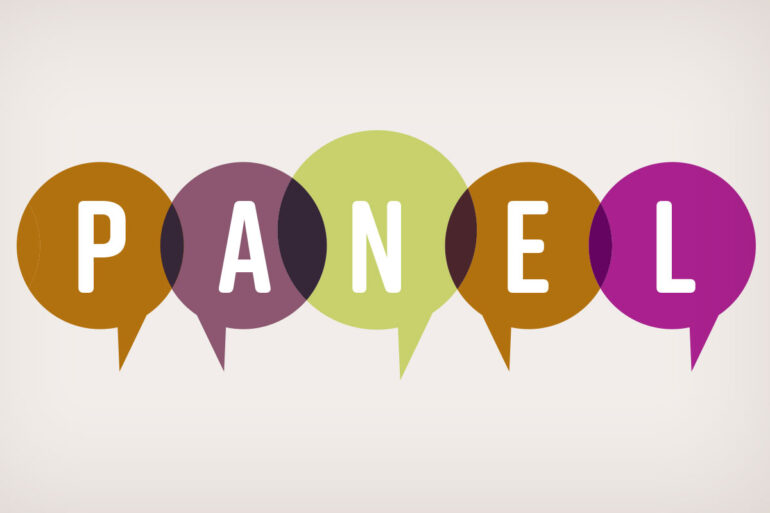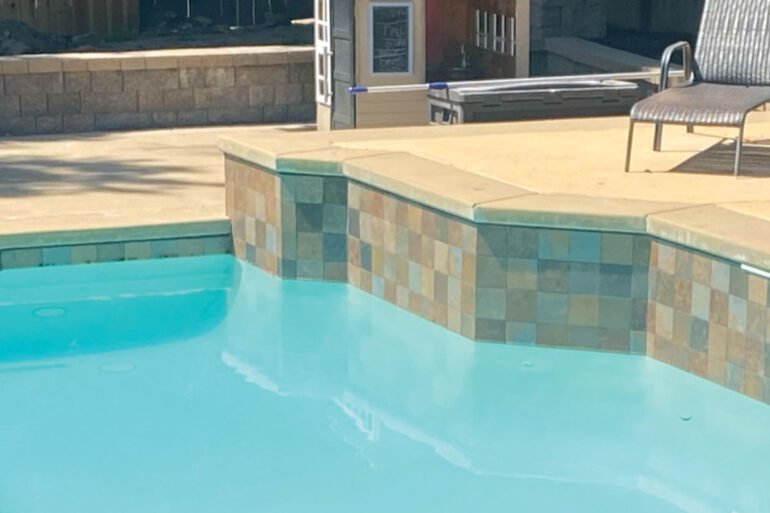Available Cash

I make a profit, so why don’t I have any money?
“I make money, so why don’t I have any?” Anyone who has been in business for a significant length of time has asked that question, usually in response to a cash crisis such as the inability to make payroll.
A lot of us look to our profit and loss statements to answer the question. Doing so is based on this assumption: “Profit means my income was more than my expenses. So if I made a profit, I should have more cash than I started with.” That is a logical, well-reasoned assumption, but as it turns out, is wrong. Available cash has little to do with current profit.*
If you make money but don’t have any, there are only four possible reasons:
- You haven’t been paid yet.
- You already spent the money repaying debt.
- You spent the money buying assets.
- You took the money as draws.
You haven’t been paid yet
When you sell something to a customer on credit, you are lending them cash as an inducement to buy from you. Because these “accounts receivables” result from sales, they contribute to profit, but because you lent the cash to your customers, they do not contribute cash.
I’ve seen many businesses lend more than their annual profit to their customers as accounts receivables. One company I worked with made a $350,000 profit a few years ago but had over $750,000 in accounts receivable at year-end. This business not only lent its entire profit to customers but also borrowed money from a bank and lent that to them, too.
You spent the money repaying debt
Even if you made a profit and even if all your customers paid you, you would not have cash if you already spent it repaying debt. Repayment of debt is not an expense. It does not reduce profit, but it does consume cash. What you bought with borrowed funds may or may not have been an expense, but repayment of debt is never an expense. Debt payments should not appear on the income statement.
You spent the money buying assets
Even if you made a profit and even if all your customers paid you, you would not have cash if you spent it buying assets. The purchase of an asset is not an expense and doesn’t reduce profit but does consume cash. Cash often dwindles when a company buys excess inventory or things they don’t need but buy anyway to save on taxes, hoping to take additional tax deductions in order to lower its taxable income, a strategy that does not always work as intended.
You took the money as draws
There is nothing wrong with taking cash from your company as long as it is your company. After all, that’s the point, but when it comes to accounting for cash, the salary you take from your company is an expense that reduces profit. The cash you take from your company as draws is not an expense and does not reduce profit; it is a distribution of profit.
When it comes to accounting for draws, I have found many business owners have little or no idea how much money they take from their businesses. While investigating a former client’s cash problems, I asked her to guess how much she had taken in draws last year. When we added up the real numbers, the total was 350% higher than her guess.
That’s it. If you make a profit but don’t have any cash, the problem originates from one or more of the above reasons.
It works in reverse, too.
On happy occasions, we may find that our available cash increased more than profit. That is a pleasant but dangerous surprise. Pleasant, because who doesn’t love a cash surplus? Dangerous, because if we don’t understand why we have a cash surplus, we are prone to misspend it. So, how can it happen?
You may have a cash surplus because:
- You collected more than you sold on credit.
- You borrowed more than you repaid.
- You sold more assets than you bought.
- You put more money into your business than you took out as draws.
You collected more than you sold
This can easily happen when sales slow, and we collect more cash from old accounts receivable than we tie up in new ones. If we spend this cash surplus, we may regret it when sales recover and accounts receivables increase.
You borrowed more than you repaid
Most of us borrow from suppliers, credit cards and banks. We may have a surplus because we borrowed money and regret spending it when the time comes to pay them back.
You sold more assets than you bought
This often happens when a company sells inventory without immediately replacing it. Again, we may regret spending this cash when the time comes to replenish inventory.
You put more money into your business than you took out as draws
This is a pretty straightforward reason, and you are likely to be aware of it. This simply means that you put more money into your business than you withdrew.
The way to increase cash is to understand and manage the reasons above: Bill promptly and improve your collection process, spread your debt repayments over a longer time, reduce your asset purchases to a minimum, don’t buy what you don’t need to “save on taxes” and strictly discipline your personal spending and draws. That’s where the problems originate and that is where you will find the answers.
*Losses, on the other hand, can wipe out your cash all by themselves.

